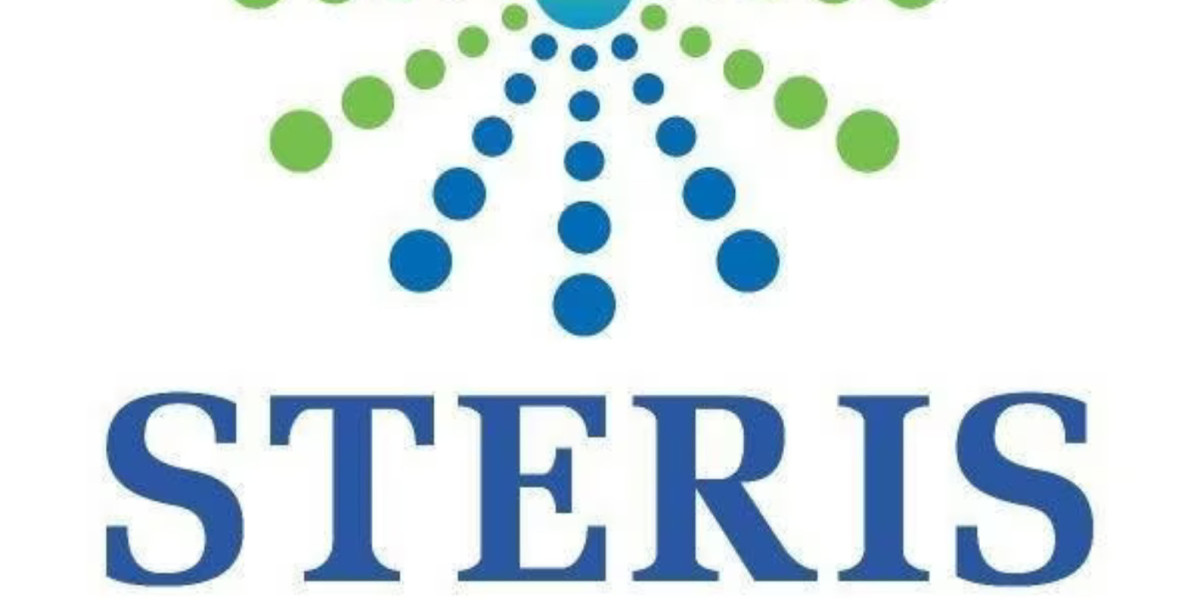What is Gulf VAT?
Value[D1] Added Tax (VAT) is a consumption tax levied on the value added to goods and services at each stage of production or distribution. In the Gulf region, VAT was introduced to diversify government revenue away from oil dependency. The UAE and Saudi Arabia were the first to implement VAT in January 2018, followed by Bahrain, Oman, and other GCC countries.
Importance of VAT Compliance
Compliance with VAT regulations is crucial for businesses operating in the Gulf. Non-compliance can lead to hefty fines and legal complications. Accurate VAT accounting ensures:
- Proper invoicing and documentation.
- Timely filing of VAT returns.
- Correct VAT payments and refunds.
- Enhanced financial transparency and control.
Introduction to Tally
Tally is an ERP software widely used in the Middle East for its simplicity and effectiveness in managing business operations, including accounting, inventory management, and statutory compliance. Tally's VAT capabilities help businesses adhere to Gulf VAT regulations seamlessly.
Setting Up Gulf VAT in Tally
1. Update to the Latest Version
Ensure you are using the latest version of Tally, which includes features and updates for VAT compliance in the Gulf region. Regular updates ensure you stay compliant with the latest regulatory changes.
2. Enable VAT in Tally
To enable VAT in Tally:
- Go to
Gateway of Tally > F11: Features > Statutory & Taxation. - Enable
VATby setting it toYes. - Configure the necessary settings like VAT details, effective date, and tax rates.
3. Create VAT Ledgers
Create VAT ledgers to manage input and output VAT:
- Go to
Gateway of Tally > Accounts Info > Ledgers > Create. - Create ledgers for Input VAT, Output VAT, and any other VAT-related accounts.
- Specify the appropriate VAT rates for each ledger.
4. Update Stock Items with VAT Details
Ensure that all stock items are updated with VAT details:
- Go to
Gateway of Tally > Inventory Info > Stock Items > Alter. - Update each stock item with the applicable VAT rate under
Statutory Information.
5. Create VAT Compliant Invoices
Tally allows you to create VAT-compliant invoices:
- Go to
Gateway of Tally > Accounting Vouchers > Sales. - Create a new sales invoice, ensuring VAT details are accurately captured.
- Tally automatically calculates and applies VAT based on the configured rates.
Recording Transactions
Purchase Transactions
For purchase transactions:
- Go to
Gateway of Tally > Accounting Vouchers > Purchase. - Create a purchase voucher, selecting the relevant supplier and input VAT ledger.
- Tally will calculate the input VAT and update your accounts accordingly.
Sales Transactions
For sales transactions:
- Go to
Gateway of Tally > Accounting Vouchers > Sales. - Create a sales voucher, selecting the customer and output VAT ledger.
- Tally will calculate the output VAT and update your accounts.
Filing VAT Returns
Tally simplifies the process of filing VAT returns:
- Go to
Gateway of Tally > Display > Statutory Reports > VAT. - Generate VAT reports like VAT summary, VAT computation, and VAT returns.
- Use these reports to file your VAT returns with the respective Gulf authorities.
Benefits of Using Tally for VAT Compliance
Using Tally for VAT compliance offers several benefits:
- Accuracy: Automated VAT calculations reduce the risk of errors.
- Efficiency: Streamlined processes save time and resources.
- Compliance: Regular updates ensure adherence to the latest regulations.
- Comprehensive Reporting: Detailed reports provide insights into your VAT liabilities and refunds.
Gulf Accounting Courses: Enhancing Your Skills
Understanding and managing VAT in the Gulf requires specialized knowledge. Enrolling in Gulf accounting courses can significantly enhance your expertise and career prospects. Here are some popular Gulf accounting courses:
1. VAT Training Courses
These courses focus on:
- VAT fundamentals and regulations in the Gulf.
- Practical aspects of VAT accounting and compliance.
- Using software like Tally for VAT management.
2. Certified Gulf Accountant (CGA)
A comprehensive course covering:
- Gulf-specific accounting standards.
- VAT, income tax, and other regulatory requirements.
- Financial management and reporting.
3. Advanced Tally Courses
These courses offer in-depth training on:
- Tally ERP 9 features and functionalities.
- VAT configuration and management in Tally.
- Generating and analyzing financial reports.
Choosing the Right Course
When selecting a Gulf accounting course, consider:
- Accreditation: Ensure the course is recognized by relevant authorities.
- Curriculum: Look for comprehensive coverage of Gulf-specific accounting practices.
- Practical Training: Hands-on experience with software like Tally is crucial.
Instructor Expertise: Learn from experienced professionals with a deep understanding of Gulf VAT and accounting. Value[D2] Added Tax (VAT) is a consumption tax levied on the value added to goods and services at each stage of production or distribution. In the Gulf region, VAT was introduced to diversify government revenue away from oil dependency. The UAE and Saudi Arabia were the first to implement VAT in January 2018, followed by Bahrain, Oman, and other GCC countries.
Importance of VAT Compliance
Compliance with VAT regulations is crucial for businesses operating in the Gulf. Non-compliance can lead to hefty fines and legal complications. Accurate VAT accounting ensures:
- Proper invoicing and documentation.
- Timely filing of VAT returns.
- Correct VAT payments and refunds.
- Enhanced financial transparency and control.
Introduction to Tally
Tally is an ERP software widely used in the Middle East for its simplicity and effectiveness in managing business operations, including accounting, inventory management, and statutory compliance. Tally's VAT capabilities help businesses adhere to Gulf VAT regulations seamlessly.
Setting Up Gulf VAT in Tally
1. Update to the Latest Version
Ensure you are using the latest version of Tally, which includes features and updates for VAT compliance in the Gulf region. Regular updates ensure you stay compliant with the latest regulatory changes.
2. Enable VAT in Tally
To enable VAT in Tally:
- Go to
Gateway of Tally > F11: Features > Statutory & Taxation. - Enable
VATby setting it toYes. - Configure the necessary settings like VAT details, effective date, and tax rates.
3. Create VAT Ledgers
Create VAT ledgers to manage input and output VAT:
- Go to
Gateway of Tally > Accounts Info > Ledgers > Create. - Create ledgers for Input VAT, Output VAT, and any other VAT-related accounts.
- Specify the appropriate VAT rates for each ledger.
4. Update Stock Items with VAT Details
Ensure that all stock items are updated with VAT details:
- Go to
Gateway of Tally > Inventory Info > Stock Items > Alter. - Update each stock item with the applicable VAT rate under
Statutory Information.
5. Create VAT Compliant Invoices
Tally allows you to create VAT-compliant invoices:
- Go to
Gateway of Tally > Accounting Vouchers > Sales. - Create a new sales invoice, ensuring VAT details are accurately captured.
- Tally automatically calculates and applies VAT based on the configured rates.
Recording Transactions
Purchase Transactions
For purchase transactions:
- Go to
Gateway of Tally > Accounting Vouchers > Purchase. - Create a purchase voucher, selecting the relevant supplier and input VAT ledger.
- Tally will calculate the input VAT and update your accounts accordingly.
Sales Transactions
For sales transactions:
- Go to
Gateway of Tally > Accounting Vouchers > Sales. - Create a sales voucher, selecting the customer and output VAT ledger.
- Tally will calculate the output VAT and update your accounts.
Filing VAT Returns
Tally simplifies the process of filing VAT returns:
- Go to
Gateway of Tally > Display > Statutory Reports > VAT. - Generate VAT reports like VAT summary, VAT computation, and VAT returns.
- Use these reports to file your VAT returns with the respective Gulf authorities.
Benefits of Using Tally for VAT Compliance
Using Tally for VAT compliance offers several benefits:
- Accuracy: Automated VAT calculations reduce the risk of errors.
- Efficiency: Streamlined processes save time and resources.
- Compliance: Regular updates ensure adherence to the latest regulations.
- Comprehensive Reporting: Detailed reports provide insights into your VAT liabilities and refunds.
Gulf Accounting Courses: Enhancing Your Skills
Understanding and managing VAT in the Gulf requires specialized knowledge. Enrolling in Gulf accounting courses can significantly enhance your expertise and career prospects. Here are some popular Gulf accounting courses:
1. VAT Training Courses
These courses focus on:
- VAT fundamentals and regulations in the Gulf.
- Practical aspects of VAT accounting and compliance.
- Using software like Tally for VAT management.
2. Certified Gulf Accountant (CGA)
A comprehensive course covering:
- Gulf-specific accounting standards.
- VAT, income tax, and other regulatory requirements.
- Financial management and reporting.
3. Advanced Tally Courses
These courses offer in-depth training on:
- Tally ERP 9 features and functionalities.
- VAT configuration and management in Tally.
- Generating and analyzing financial reports.
Choosing the Right Course
When selecting a Gulf accounting course, consider:
- Accreditation: Ensure the course is recognized by relevant authorities.
- Curriculum: Look for comprehensive coverage of Gulf-specific accounting practices.
- Practical Training: Hands-on experience with software like Tally is crucial.
- Instructor Expertise: Learn from experienced pro
Conclusion
Managing Gulf VAT in Tally requires a thorough understanding of both VAT regulations and Tally's features. By following the steps outlined in this guide, businesses can ensure accurate VAT compliance and efficient accounting processes. Additionally, enrolling in Gulf accounting courses can further enhance your knowledge and skills, making you well-equipped to handle the complexities of Gulf VAT and accounting.








